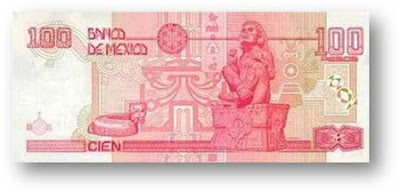Kafi Arsa Beet Gaya Hai (کافی عرصہ بیت گیا ہے)
-
Kafi Arsa Beet Gaya Hai (کافی عرصہ بیت گیا ہے)
* کافی عرصہ بیت گیا ہے*
* جانے اب وہ کیسا ہو گا؟*
* وقت کی ساری کڑوی*
* باتیں چپکے چپکے سہتاہو گا*
* اب بھی ب...
7 years ago


















Post a Comment
Thanks For Your Comment